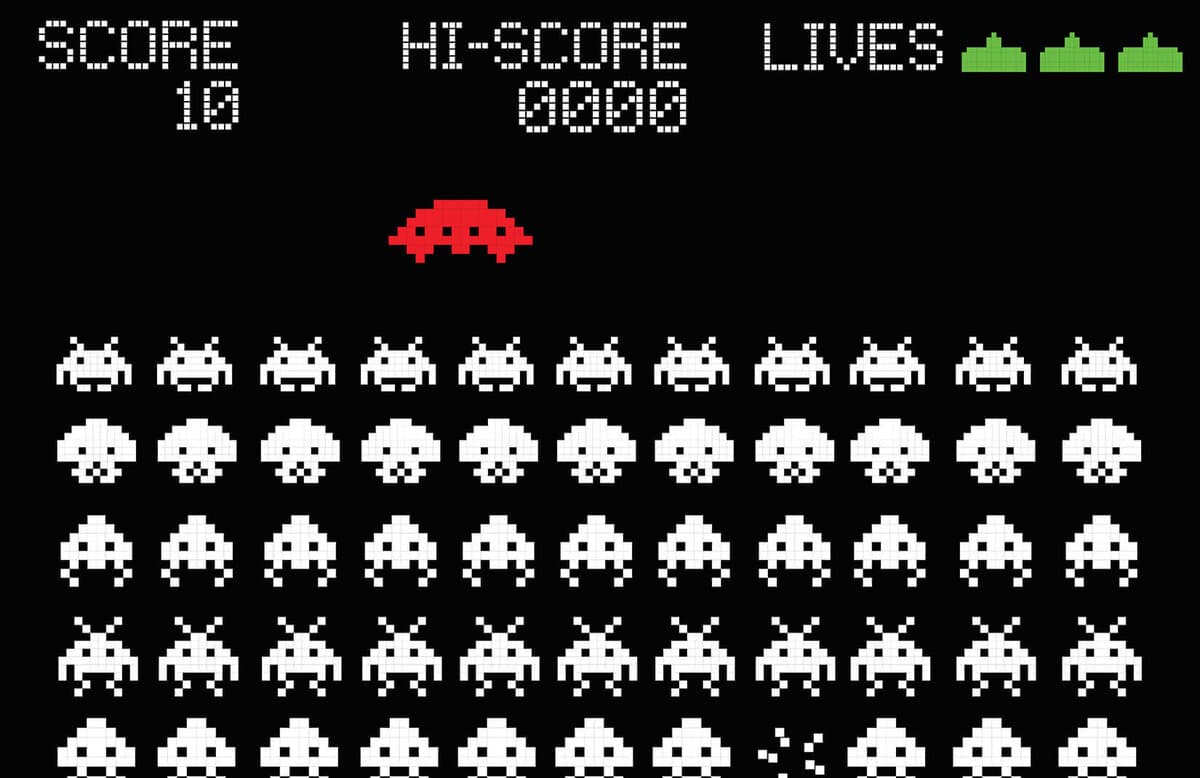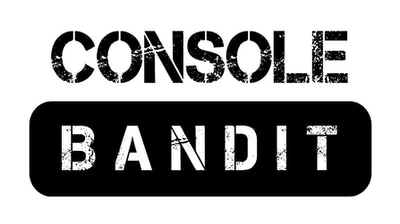
The Space Invaders game is one of the most successful and best-selling games in the history of arcade machines and consoles. In terms of modern money, the total revenue from arcade machines alone amounted to almost 10 billion dollars. This was achieved by successfully hitting right into the golden era of arcade machines.
That was the time of second-generation game consoles: Atari 2600, Magnavox Odyssey² and others, which were distinguished by the presence of 2-16 colors, screen resolution of about 160×192 pixels, RAM, the amount of which was measured not even in kilobytes but bytes, processors in megahertz or even lower and at best could beep at two or three frequencies.
Atari Shock
In 1983, the video game industry suffered a collapse known in Japan as the Atari Shock. The very young industry was practically destroyed – sales dropped by 97%. And Space Invaders owes its success to the period between these two crises, which is called the golden age of arcade games. Some even consider it not as a consequence, but as the cause of the beginning of the bloom.
Space Invaders is authored by Tomohiro Nishikado, an employee of Taito Corporation.
The game was originally supposed to have tanks, planes, and ships as enemies, but Nishikado was not satisfied with their animation and even considered adding humans as enemies, though he later realized that the gameplay would be burdened with moral issues.

In 1977, Nishikado saw an article in a magazine about the previously released Star Wars movie and decided to give the game a space setting. The aliens owe their shape to the Martian invaders from the 1953 adaptation of War of the Worlds.
The game was named Space Monsters after the song Monster, which was popular in Japan at the time, but the superiors changed it to Space Invaders.
A Fujitsu MB14241 shift register was supplied to the machine to provide video output of monochrome bitmap graphics with a resolution of 224×256 pixels to a CRT monitor, and a Texas Instruments SN76477 chip in combination with analog circuitry provided sound operation.
Apart from the hardware part, the Japanese had to create his own development framework from scratch. All in all, the process was difficult and long. Even with the Intel 8080 eight-bit processor running at 2 MHz, the system was still too weak for what he wanted to write.
Taito released a vending machine in Japan in a horizontal table form factor. In that version a film of several colors was glued over the screen to create the illusion of a color display. In the U.S., the vertical cabinet vending machine was distributed by licensee Bally/Midway, and in this version, the screen was covered with orange and green cellophane strips only.
By 1980, 300 thousand machines were sold in Japan alone, 60 thousand machines were installed in the USA. A total of half a million machines were built. Taito’s revenue by 1981 amounted to a billion dollars and continued to bring in 600 million dollars a year. Each of the machines cost from two to three thousand dollars.
